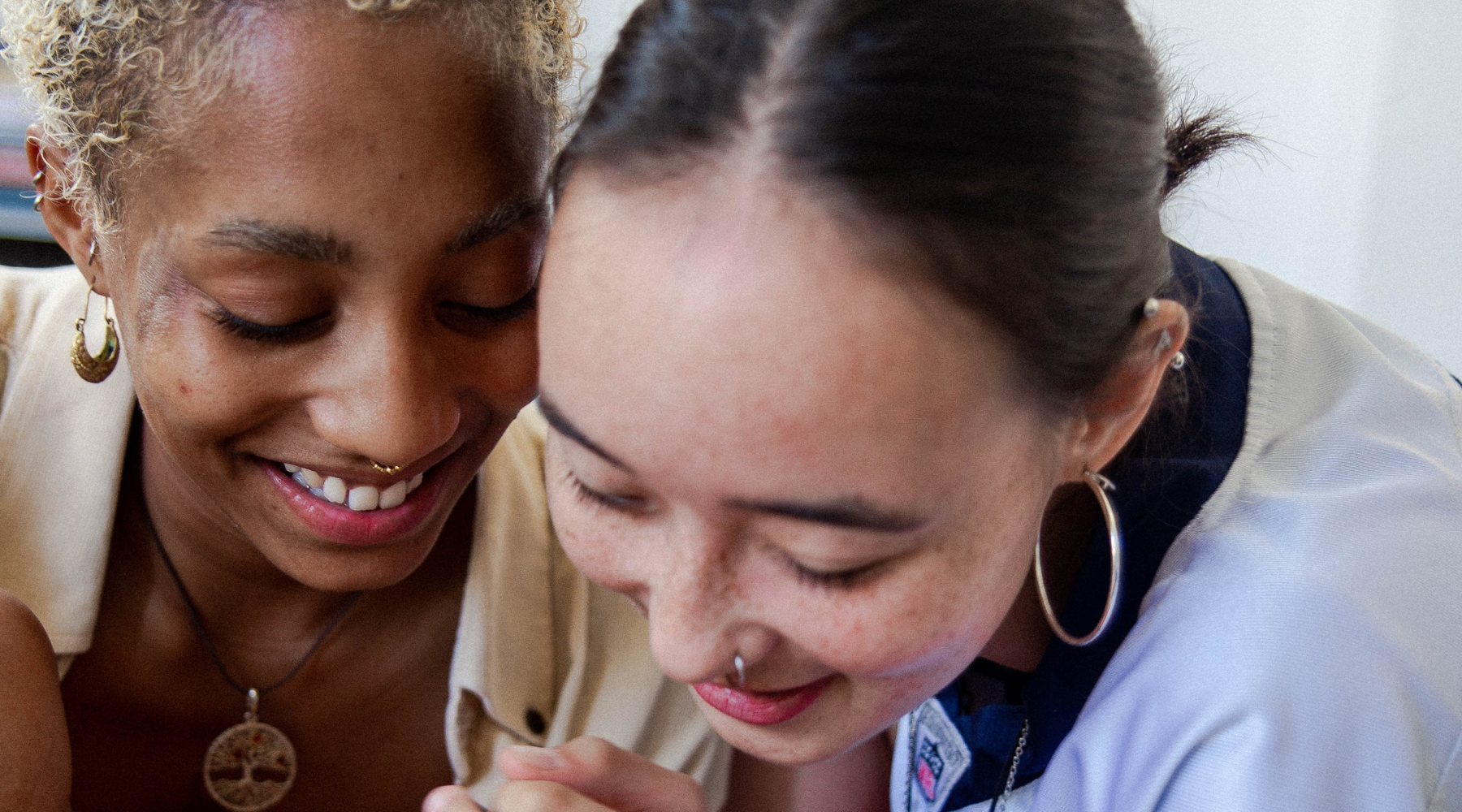With countries across the GCC pursuing ambitious economic diversification plans to reduce their dependence on the oil and gas sector, travel and tourism continues to serve as pivotal enabler of national visions. This exciting transformation came into focus once again as the world’s travel leaders convened this month at the Arabian Travel Market conference.
Over the past few years, the travel and tourism sector has faced many challenges – from the COVID-19 pandemic to labor shortages and volatility in energy pricing. Yet, the industry has also demonstrated impressive resilience, with 22 countries showing growth in the travel sector on one of the latest indexes.
In the Middle East specifically, the region’s travel and tourism sector continues to make its mark on the global stage. As just one example, local entities such as Emirates, Etihad Airways, and Qatar Airways were among the key winners at the most recent World Travel Awards.
In Saudi Arabia, Vision 2030 aims to increase the tourism industry’s contribution to the GDP from 3% to 10%, and attract 100 million visitors per year. From relaxing the visa regulations to making sizeable investments in travel infrastructure and entertainment offerings, the Kingdom is on a mission to build its reputation as the world’s hottest new leisure tourism destination. The large-scale growth of the Saudi tourism sector has also seen new entities mushrooming.
Meanwhile, the UAE Tourism Strategy 2031 aims to raise the sector’s contribution to the GDP to AED450 billion while attracting AED100 billion in additional tourism investments. Dubai, the world’s favorite tourist destination according to the Tripadvisor Travelers’ Choice Awards, hopes to welcome 25 million tourists in 2025. The capital Abu Dhabi is not far behind with its drive to hit 23 million annual tourists by 2030, more than doubling 2019 figures.
In Qatar, the number of visitors exceeded 2.5 million last year, more than 1.4 million of whom came for the FIFA World Cup. In line with its ambition to become the fastest-growing tourist destination in the Middle East, the country aims to reach 6 million visitors annually by 2030. During the same period, it seeks to boost the share of the travel and tourism sector in its GDP from 7% to 12% while doubling job opportunities in the industry.
Connecting with Gen Z audiences
According to a report by Morning Consult, Gen Z currently plays an instrumental role in shaping the travel industry. With their entry into the category hampered by the pandemic, Gen Zers were keen to explore the world as soon as the movement restrictions relaxed. Despite their youth, more than half of Gen Z adults are frequent travelers, buoyed by their significant discretionary spending power that reached $4.4 Trillion globally in 2021.
Born into 24/7 internet connectivity, Gen Z tends to rely on digital platforms for destination discovery and vacation planning, and is thus exposed to a wealth of travel inspiration. But there’s a nuance that’s usually overlooked – the youngest generation of adults craves authenticity and unfiltered experiences over polished facades. When it comes to traveling, Gen Zers prioritize authenticity and living in the moment. They don’t only share the most picture-perfect photos. They appreciate the funny, silly, real moments that make a trip truly memorable.
With users mainly comprising Gen Z and Millennials, platforms such as Snapchat provide a wealth of opportunities for brands in the travel and tourism sector to engage with this target audience.
According to an Ipsos study commissioned by Snapchat in 2022, more than 80% of daily Snapchatters agree that traveling makes them happy, and that they like to explore the world and experience new countries and cultures. Notably, 87% of Snapchatters were planning to travel in the next six months, and 67% of them were likely to be primarily responsible for the decision-making when it comes to leisure travel.
Furthermore, Snapchatters use Snapchat throughout their travel journey – from the planning stage until after they return home. As many as 86% of daily Snapchatters look to Snapchat for inspiration before a trip, 40% share Snaps with friends and family whilst traveling to show what they are doing, and 30% post to their Story after a trip to provide reviews.
Snapchat’s community continues to grow from quarter to quarter, with a global reach of more than 750 million monthly active users. In the GCC alone, Snapchat reaches more than 90% of 13- to 34-year-olds in Saudi Arabia, and 1 in 3 of 18- to 34-year-olds in the UAE. It is where real relationships – between friends, family, and the world – create an environment where brands have real influence.
Harnessing state-of-the-art technology, Snapchat has acquired the finest tools in augmented reality (AR) as well as video. This technological prowess reinforces Snapchat’s capability to deliver unparalleled experiences to consumers, fostering greater confidence in their decision-making process and enabling them to plan longer trips enriched with an array of travel excursions and enticing add-ons. Smart industry players are also increasingly leaning on Snapchat’s capabilities to serve relevant ads to users based on travel interests, preferences, and popularity of listings and destinations.
Travelers on Snapchat proved to be incredibly valuable for Abu Dhabi’s flagship carrier Etihad Airways. The airline demonstrated a 318% higher average revenue per booking versus other channels. Thanks to thoughtful audience segmentation and a compelling ad strategy, Snapchatters also drove an 87% higher flight search rate than other channels. Meanwhile, Emirates Airlines has used Snap Video in the US to deliver a significant double-digit lift in ad awareness, with the campaign exceeding lift benchmarks across all metrics. And it's not just airlines getting in on the action. Qatar Tourism partnered with Snapchat to launch a series of immersive AR and video experiences showcasing the wonders of Qatar during the FIFA World Cup 2022, resulting in strong double-digit awareness lifts across nearly all target markets.
While Snapchat has emerged as a key platform to engage Gen Z and spur the travel industry’s recovery, it is only the beginning, as innovative technologies, such as generative AI and AR, have the potential to take the industry to new heights. According to insights from this year’s ATM, advances in AI are not only facilitating trip planning and booking but also redefining content creation in this space.
In this technology-driven landscape, platforms such as Snapchat can go a long way in creating meaningful connections with the new generation of travelers and translating its considerable spending power into robust revenue growth for the travel and tourism sector.






